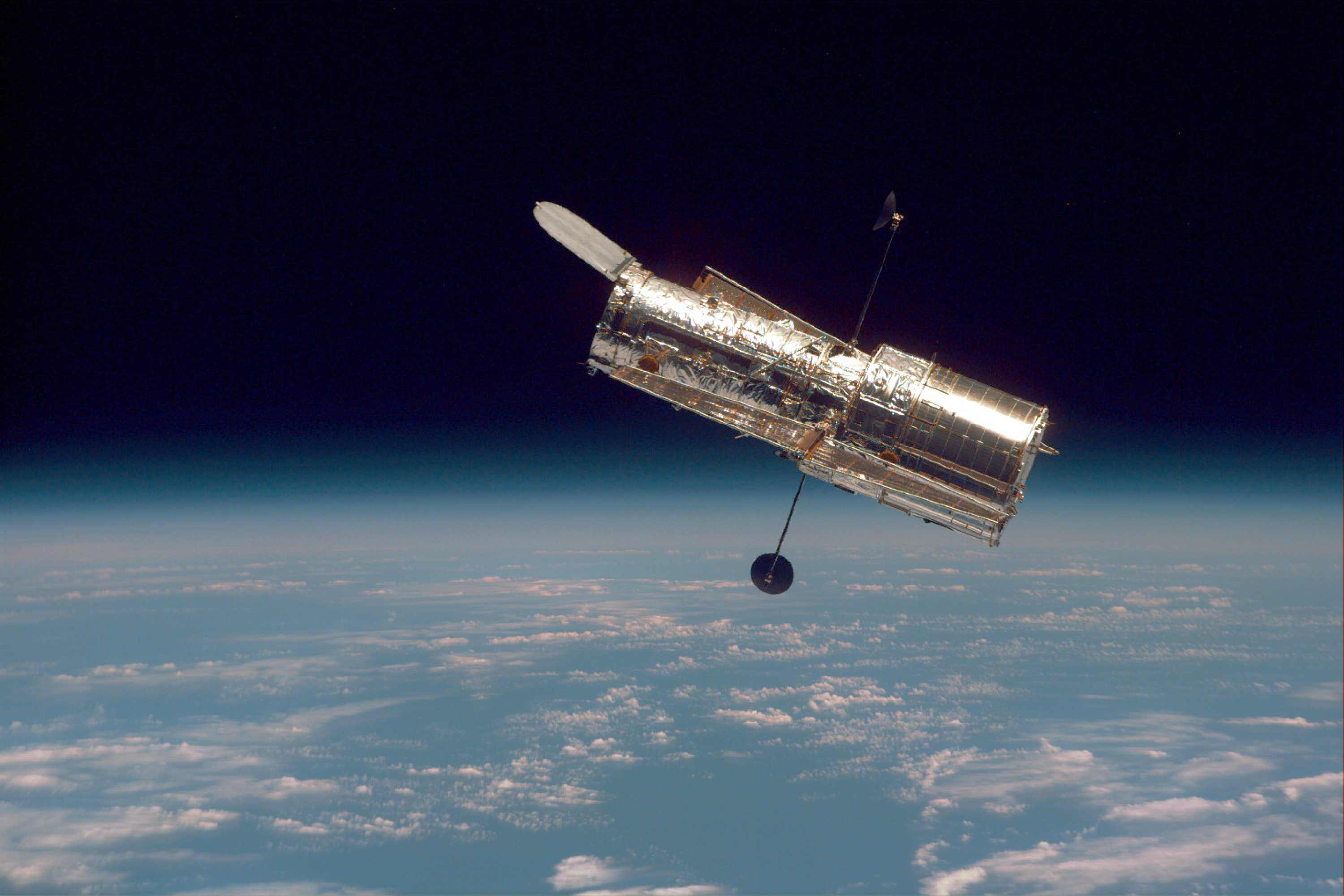Things are not looking very good for the Hubble Space Telescope right now. On Sunday, June 13th, the telescope’s payload computer suddenly stopped working, prompting the main computer to put the telescope into safe mode. While the telescope itself and its science instruments remain in working order, science operations have been suspended until the operations team can figure out how to get the payload computer back online.
While attempting to restart the computer, the operations team has also tried to trace the issue to specific components in the payload computer and switch to their backup modules. As of June 30th, the team began looking into the Command Unit/Science Data Formatter (CU/SDF) and the Power Control Unit (PCU). Meanwhile, NASA is busy preparing and testing procedures to switch to backup hardware if either of these components are the culprit.
The payload computer is part of the Science Instrument Command and Data Handling (SI C&DH) unit, where it is responsible for controlling and coordinating the scientific instruments aboard the spacecraft. The current issues began when the main computer stopped receiving the “keep-alive” signal from the payload computer – which lets the main computer know that everything is working.

That’s when the operations team began investigating different pieces of hardware on the SI C&DH as the possible source. Based on the available data, the team initially thought that the problem was due to a degrading memory module and tried to switch to one of the module’s multiple backups – but met with failure. On the evening of Thursday, June 17th, another attempt was made to bring both modules back online, but these attempts also led to failure.
At that point, they began looking into other possibles sources of the shutdown, like the Standard Interface (STINT) hardware. This component is responsible for bridging communications between the computer’s Central Processing Module (CPM), which they began investigating as well. Now, the team is investigating the Command Unit/Science Data Formatter (CU/SDF) and a power regulator within the Power Control Unit (PCU).
Whereas the CU/SDF sends and formats commands and data while the PCU is designed to ensure a steady voltage supply to the payload computer’s hardware. If either of these systems is responsible for the shutdown, then the team must once again go through an operations procedure to switch to the backup units. This time, however, the procedure is more complex and risky than the ones the team executed last time.
Mainly, switching to the backup CU/SDF or backup power regulator requires that several other hardware boxes need to be switched to their backups because of the way they are connected to the SI C&DH unit. The last time the operations team performed this task was back in 2008, which was the last time the CU/SDF module failed. This is what prompted the final servicing mission in 2009, which replaced the entire SI C&DH unit.

Given the complexity of switching multiple systems over to their backups, the operations team is currently reviewing and updating all of Hubble‘s operations procedures, commands, and all other items relating to switching to backup hardware. When they are finished (expected for next week) the team will run a high-fidelity simulator to test their plan of execution and see if they can pull it off.
Since Hubble first launched in 1990, it has taken over 1.5 million images, and more than 600,000 of those were taken since its last servicing mission in 2009. These images are some of the most breathtaking views of the Universe ever taken and have led to substantial discoveries about the nature of our Universe. Here at home, it has deepened our understanding of the Kuiper Belt and Trans-Neptunian Objects (TNOs) like Pluto and Eris.
In 2014, it also observed the farthest object to ever be visited by a spacecraft – the Kuiper Belt Object (KBO) Arrokoth, which the New Horizons mission made a close pass with on Jan. 1st, 2019. It also observed aurora in the atmospheres of Jupiter, and Saturn, as well as Jupiter’s moon Ganymede. Hubble is also responsible for providing the data that led astronomers to conclude that Ganymede likely contains a large saltwater ocean in its interior.
Beyond the Solar System, Hubble has aided in the first atmospheric studies of exoplanets, helped constrain the size and mass of the Milky Way, the evolution of galaxies over time, revealed the accelerating expansion of the Universe (leading to the theory of Dark Energy), and aided in the study of Dark Matter. These and other accomplishments are all part of Hubble‘s legacy as it celebrates being in space for 31 years, 2 months, and either days.
I think I speak for everyone when I wish Hubble a speedy recovery and hope it has a few more years left in her!
Further Reading: NASA

